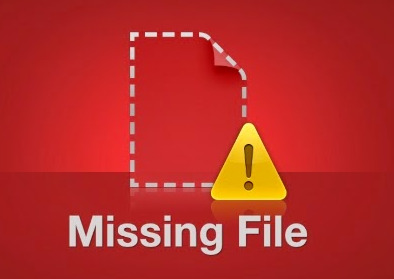 Call it the stuff of scientific nightmares. No, we aren’t talking about walkers, incurable diseases or artificial intelligence run amok. It’s much simpler than that – and it actually happened.
Call it the stuff of scientific nightmares. No, we aren’t talking about walkers, incurable diseases or artificial intelligence run amok. It’s much simpler than that – and it actually happened.
“Epidemiologist Kay Dickersin joined The Online Journal of Current Clinical Trials in 1992 when online scientific publishing was brand new and being hailed as the wave of the future — but she didn’t realize that the journal being online instead of in print might result in the loss of every single study it had ever published, according to Wired,” notes this post in GenomeWeb.
Dickersin worked as an associate editor at the journal. When the journal was sold in 1994 and eventually became part of Taylor & Francis, the company shut the OJCCT down. When that happened, all the previously published papers, reports, reviews, and meta-analyses of clinical trials that had ever been published in the journal simply disappeared.
“For more than a decade, Dickersin’s paper was missing along with about 80 others,” reports Sarah Scoles in Wired. “Sometimes, the ex-editors would try to find out who had the rights to the articles, whether they could just take copies and put them on their own website. ‘We don’t want to do that,’ they’d always conclude. ‘We don’t want to get in trouble.’”
Finally, they went to the librarians at John Hopkins University where Dickersin worked for some help, which came in the form of Portico, a so-called “way back machine” for scholarly publications like OJCCT.
“The digital preservation service ingests, meta-tags, preserves, manages, and updates content for publishers and libraries, and then provides access to those archives,” Scoles explains. “The company soon signed on to the project and got permission from Taylor & Francis to make the future archives open-access.”
Fortunately for Dickersin and the other 80-some scientists who published in OJCCT, they were able to recover many vital documents, although a number of them remain missing. We wonder how many others aren’t as fortunate, and how much of the collected body of knowledge is at serious risk in the digital space.
“Whether it’s cancer screenings or supernova specifics or fossil interpretation, having that history is both important and getting harder,” Scoles continues. “Tech changes fast; data files change fast; graphics packages change fast; software changes fast.”
All of this fast-moving technology means what you publish online could become obsolete at any time. Add in the risk of buy-outs and corporate takeovers, and it becomes obvious why libraries are loathed to abandon print.
As Lisa Browar, president of Linda Hall, one of 84 Patent and Trademark Resource Centers in the U.S., explains, “one of the reasons we made the determination to remain a print library was because nobody knows exactly how long digital information will survive as a format.”
In an increasingly digitized and degradable society, the debate on how to preserve what’s important becomes critical.
“And it sounds a little grandiose, but really that’s what we’re doing,” explains Browar. “We’re making sure that in an age that is increasingly becoming an ephemeral, disposable society, we’re making sure that somehow the product of our society and our intellectual heritage remains intact — that it doesn’t get thrown away.”
